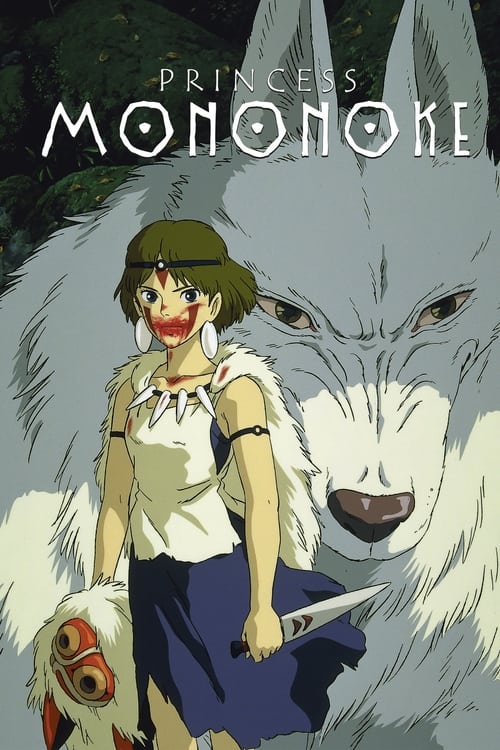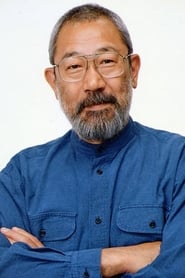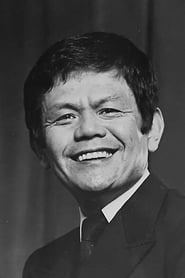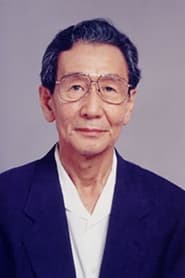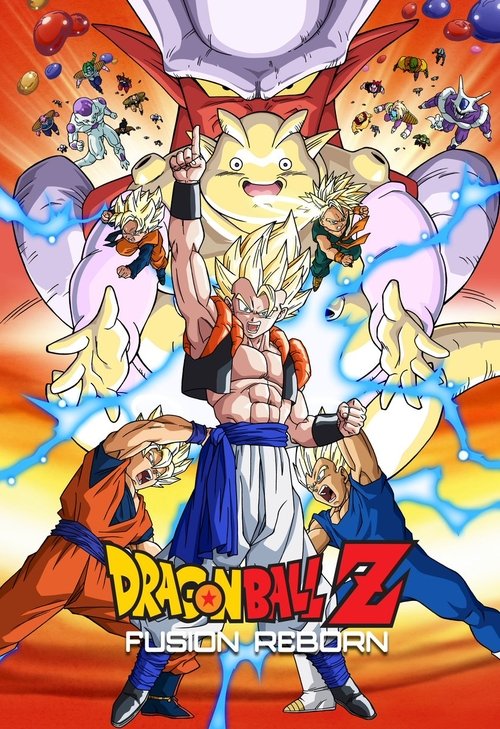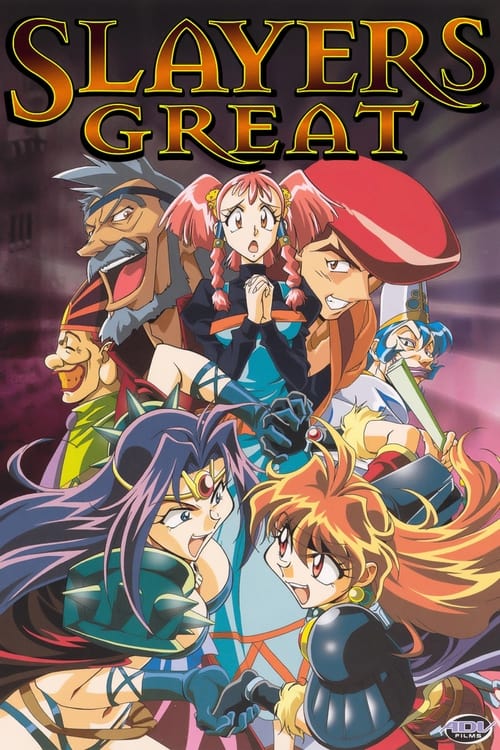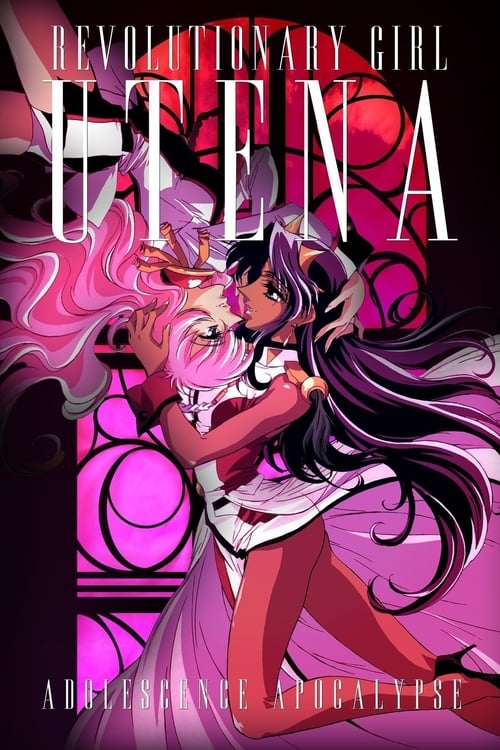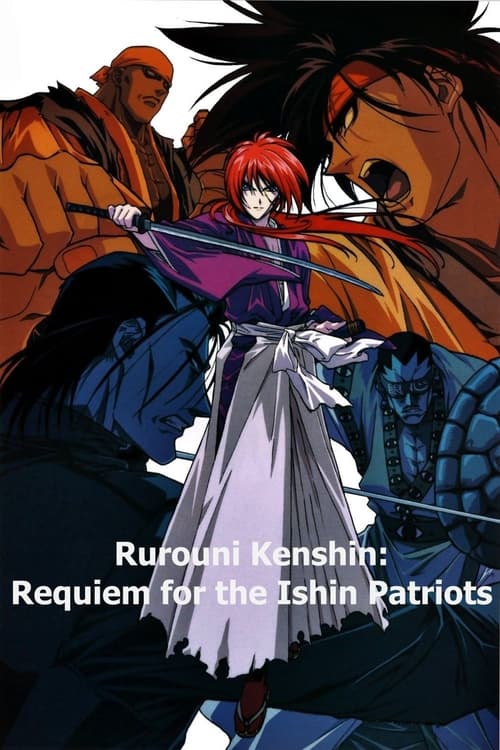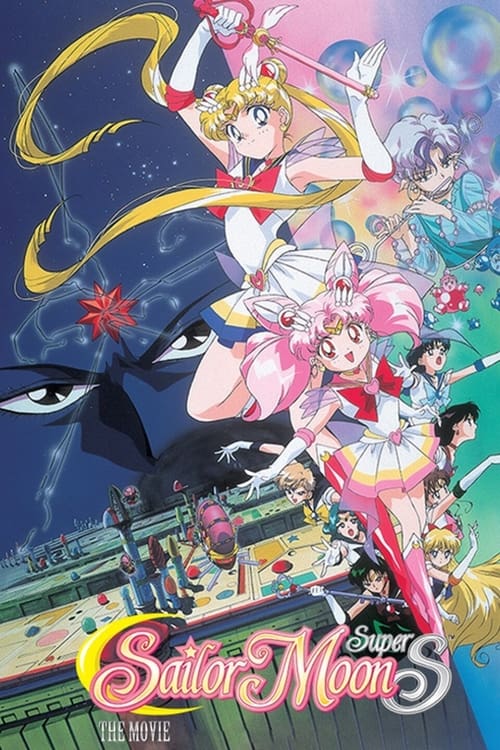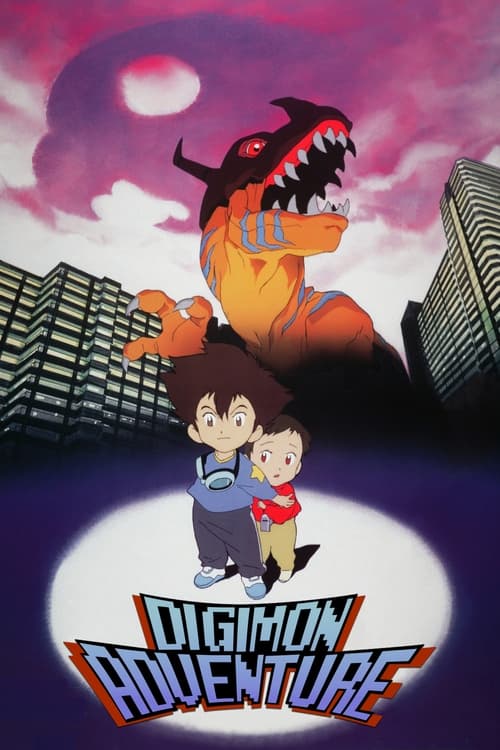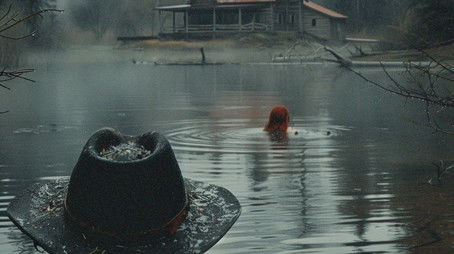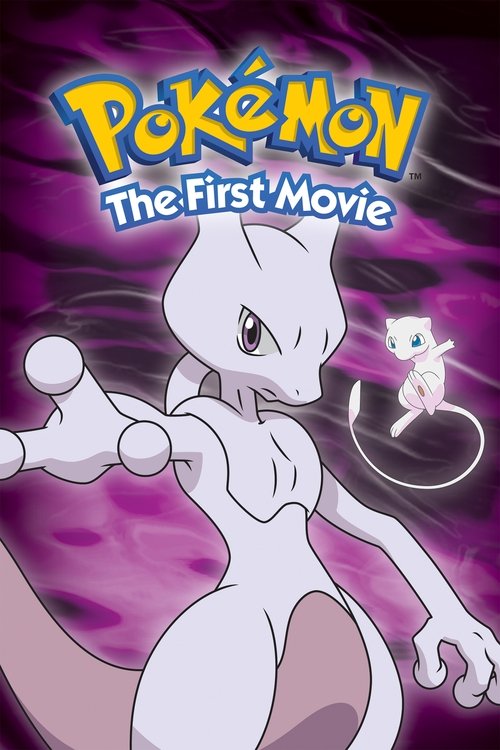
Ask Your Own Question
What is the plot?
In the twilight of Japan's Muromachi period, a peaceful Emishi village nestled in the mountains faces an unimaginable horror. A monstrous boar god, twisted and corrupted by a bullet lodged deep in its flesh, rampages through the village, its body writhing with dark, snake-like tendrils of black ooze. The young warrior prince Ashitaka, brave and resolute, confronts the demon in a desperate bid to protect his people. Their fierce battle rages amid the ancient forest's shadows, culminating in Ashitaka delivering a fatal blow to the beast. Yet, victory comes at a terrible price: the cursed boar's dying breath leaves a black mark on Ashitaka's right arm. This curse grants him unnatural strength but threatens to consume and kill him slowly. The village's wise woman warns him grimly, "If you do not find the source of the boar-god's madness, the scar will continue to grow larger until it has killed you".
With a heavy heart and the weight of his curse, Ashitaka mounts his loyal steed Yakul, a creature part horse, part mountain goat, and sets out westward on a quest to find a cure and understand the source of the corruption. His journey soon leads him to the edge of a vast, mystical forest, where the ancient powers of nature and humanity collide in violent conflict.
Here, the story introduces Lady Eboshi, the formidable and pragmatic leader of Iron Town, a burgeoning industrial settlement nestled in the mountains. Eboshi commands her caravan through the pouring rain with steely determination, declaring, "The sooner we get this rice home, the sooner we eat." Her town is a beacon of progress, a fortress of iron mining and weapon manufacturing, where women and lepers find empowerment and purpose. Yet, her ambition to expand Iron Town's reach pits her directly against the forest's ancient guardians.
Suddenly, the forest erupts with fury. San, known as Princess Mononoke, bursts forth riding on the backs of giant white wolves, her face smeared with blood and wild resolve burning in her eyes. Raised by Moro, the giant wolf goddess, San is fiercely loyal to the forest gods and utterly devoted to protecting her home from human destruction. She attacks Lady Eboshi's caravan with savage precision, embodying the forest's wrath and desperation.
Ashitaka soon finds himself caught between these two powerful forces. He meets San and Moro, witnessing the raw, primal bond they share with the forest. Moro, with her deep, commanding voice, reminds him, "The Forest Spirit gives life and takes life away. Life and death are his alone," underscoring the sacred and terrifying power that governs the land.
As Ashitaka ventures deeper into the conflict, he learns of the complex motivations driving each side. Lady Eboshi's vision is one of human progress and survival, even if it means cutting down the forest and killing the gods that dwell within. She openly admits her determination to fight anyone who stands in her way, including samurai and forest spirits alike. San, on the other hand, embodies the forest's fury and pain, raised by wolves and calling herself the forest's avenger, willing to kill humans to protect the land she calls family.
The tension escalates with brutal confrontations. The forest gods, including Moro and her wolf pack, launch fierce attacks on Iron Town. In one harrowing scene, Lady Eboshi confronts Moro directly and shoots her with a firearm, sending the great wolf goddess tumbling off a cliff. Though gravely wounded, Moro survives, her howl echoing through the forest as a warning.
Ashitaka's curse grows stronger, a constant reminder of the delicate balance between life and death. He tries to mediate, urging peace between humans and nature, but mistrust runs deep. San despises humans, especially Lady Eboshi, whom she calls a demon, while Eboshi sees San as a savage threat to her people's future.
The story's climax unfolds on the sacred island where the Forest Spirit resides, a place of profound mystery and power. Lady Eboshi's forces, desperate to secure the iron ore beneath the forest, sever the Forest Spirit's head during a fierce battle. This act unleashes catastrophic consequences. The headless Forest Spirit, now a monstrous Night Walker, rises and spreads a tide of black ooze that corrupts and destroys everything in its path. Lord Asano's camp is obliterated, and many soldiers perish in the chaos.
In a moment of brutal vengeance, the severed head of the Forest Spirit bites off Lady Eboshi's arm before bouncing away into the spreading darkness. Ashitaka, risking everything, swims to the island carrying the wounded Eboshi, while San and her wolf brothers take refuge there as well.
San, torn between hatred and love, rips the crystal necklace from around her neck and demands Ashitaka, "Let me kill her." But Ashitaka, embodying hope and compassion, refuses. "Moro's revenge has been taken," he tells San softly. "I promised the women I'd return her to them." His words strike a fragile chord between them. In a moment charged with emotion, San stabs Ashitaka in anger, but he embraces her gently, whispering, "Despite everything, we're still alive. We can still save the forest, if you help me".
The Night Walker's rampage continues, reaching out with shadowy arms that tear into the forest, chasing the mercenary Jigo and his men. The women of Iron Town prepare to defend their home against the encroaching black ooze, their faces steeled with determination.
As dawn breaks, the forest begins to heal. The Forest Spirit returns to its full form, restoring life and balance. The curse on Ashitaka's arm fades, signaling a new beginning. Though San chooses to remain with the forest and her wolf family, she and Ashitaka part ways peacefully, each committed to protecting their worlds but hopeful for coexistence.
Ashitaka's final words to San resonate with quiet strength: "Live." It is a plea and a promise -- that despite the scars of conflict, life endures, and harmony remains possible between humans and the natural world.
Thus ends Princess Mononoke, a tale of pain, loss, and hope set against the eternal struggle between progress and nature, where every death carries weight and every choice shapes the future.
More Movies Like This
Browse All Movies →
What is the ending?
In the ending of Princess Mononoke, Ashitaka and San reach a fragile understanding, but the conflict between humans and nature remains unresolved. The Forest Spirit is killed, leading to a devastating transformation that threatens both the forest and the humans. Ashitaka and San part ways, with Ashitaka promising to help the humans and the forest coexist, while San returns to the forest, mourning the loss of her home.
As the climax of Princess Mononoke unfolds, Ashitaka and San find themselves at the heart of a fierce battle between the humans of Iron Town and the forest spirits. The tension escalates as the Forest Spirit, a majestic deer-like creature, is hunted by Lady Eboshi and her men. Ashitaka, who has been trying to mediate peace between the two sides, witnesses the chaos and destruction that ensues.
In a pivotal moment, the Forest Spirit is mortally wounded by a bullet, and in its death throes, it transforms into a monstrous creature known as the Night-Walker. This transformation brings forth a wave of destruction, as the Night-Walker rampages through Iron Town, leaving devastation in its wake. The once serene forest is now engulfed in chaos, and the balance of nature is thrown into disarray.
Amidst the turmoil, Ashitaka confronts the Night-Walker, desperately trying to reach the spirit within. He understands that the death of the Forest Spirit signifies a loss not only for the forest but for humanity as well. In a moment of clarity, Ashitaka manages to calm the Night-Walker, and he pleads for the restoration of balance between the two worlds.
As the dust settles, the aftermath of the battle reveals the consequences of the conflict. Lady Eboshi, who has been a complex character throughout the story, faces the reality of her actions. She acknowledges the destruction caused by her pursuit of progress and the cost of her ambition. However, she remains determined to rebuild Iron Town, showing a willingness to adapt and change.
San, the fierce protector of the forest, is left heartbroken by the loss of her home and the death of the Forest Spirit. She feels a deep sense of grief and anger, yet she also recognizes the need for coexistence. In a poignant farewell, she and Ashitaka share a moment of understanding, acknowledging their different paths. Ashitaka promises to work towards a future where humans and nature can live in harmony, while San returns to the remnants of the forest, mourning the loss of her protector.
In the final scenes, Ashitaka begins his journey to Iron Town, determined to help the humans understand the importance of respecting nature. He carries with him the hope of reconciliation, embodying the film's central theme of coexistence. Meanwhile, San watches from the forest, a symbol of the enduring spirit of nature, as she vows to protect what remains of her home.
The film concludes with a sense of unresolved tension, highlighting the ongoing struggle between humanity and the natural world. Each character's fate reflects their choices and the consequences of their actions, leaving the audience with a poignant reminder of the delicate balance that must be maintained for both to thrive.
Is there a post-credit scene?
Princess Mononoke does not have a post-credit scene. The film concludes with a poignant ending that encapsulates its themes of coexistence and the struggle between nature and industrialization. After the climactic battle between the forest spirits and the humans, Ashitaka and San find a moment of peace, symbolizing hope for the future. The film ends with a sense of unresolved tension but also a glimmer of possibility for harmony, leaving viewers to reflect on the journey and the characters' growth. The credits roll without any additional scenes following the main story.
What curse does Ashitaka receive and how does it affect him throughout the story?
Ashitaka, the protagonist, receives a curse from a boar demon named Nago after he tries to protect his village from the creature. The curse manifests as a spreading black mark on his arm, which symbolizes both physical pain and a deeper spiritual corruption. As the story progresses, the curse intensifies, causing Ashitaka great suffering and urgency to find a cure. This curse drives him to seek out the source of the conflict between humans and nature, ultimately leading him to the forest and the characters of San and Lady Eboshi.
How does San's relationship with Ashitaka evolve throughout the film?
Initially, San, also known as Princess Mononoke, is hostile towards Ashitaka, viewing him as a human enemy due to her fierce loyalty to the forest and its creatures. However, as they encounter each other multiple times, San begins to see Ashitaka's genuine desire for peace and understanding. Their relationship evolves from animosity to a deep bond, as they share moments of vulnerability and mutual respect. Ashitaka's compassion and willingness to bridge the gap between humans and nature resonate with San, leading her to reconsider her views on humanity.
What role does Lady Eboshi play in the conflict between humans and nature?
Lady Eboshi is the leader of Iron Town, a settlement that represents industrial progress and human ambition. She is a complex character who provides jobs and care for marginalized individuals, including lepers and former prostitutes. However, her relentless pursuit of iron production leads to the destruction of the forest and the animals within it, particularly the boars. Lady Eboshi's motivations stem from a desire for independence and empowerment, but her actions contribute to the larger conflict with the forest spirits, particularly with the wolf goddess Moro and the boar god Okkoto.
What is the significance of the Forest Spirit and its transformation?
The Forest Spirit, also known as the Night-Walker, is a central figure in the film, embodying the balance of nature. It has the ability to transform into a giant deer-like creature during the day and a fearsome, monstrous form at night. This transformation symbolizes the duality of nature--its beauty and its ferocity. The Forest Spirit's presence is crucial to the ecosystem, and its eventual wounding by Lady Eboshi's men represents the destructive impact of human greed. The spirit's fate ultimately serves as a catalyst for the film's climax, highlighting the consequences of disrupting the natural order.
How does Ashitaka's journey reflect his internal struggle with the curse and his desire for peace?
Ashitaka's journey is marked by his internal struggle with the curse that threatens to consume him. He grapples with feelings of anger and despair as he witnesses the devastation caused by the conflict between humans and nature. Despite the curse's influence, Ashitaka remains determined to find a peaceful resolution, embodying hope and compassion. His encounters with San, Lady Eboshi, and the forest spirits challenge him to confront his own beliefs about humanity and nature. Throughout the film, Ashitaka's emotional state fluctuates between pain and resolve, ultimately leading him to advocate for understanding and coexistence.
Is this family friendly?
"Princess Mononoke," produced in 1997, is a visually stunning and thematically rich film that explores complex issues such as environmentalism, conflict, and the relationship between humanity and nature. However, it contains several elements that may be considered objectionable or upsetting for children or sensitive viewers.
-
Violence: The film features intense battle scenes, including sword fights and the use of firearms. Characters are shown getting injured, and there are moments of bloodshed that may be distressing.
-
Death: There are scenes depicting the death of animals and humans, which can be emotionally impactful. The film does not shy away from the consequences of violence, and some characters meet tragic ends.
-
Graphic Imagery: The film includes graphic depictions of disease and decay, particularly in the portrayal of the boar god Okkoto, who suffers from a curse that manifests in a grotesque manner.
-
Mature Themes: The narrative delves into themes of revenge, hatred, and the moral ambiguity of its characters, which may be difficult for younger audiences to fully grasp.
-
Environmental Destruction: The film portrays the destruction of forests and the impact of industrialization on nature, which can be unsettling, especially for those sensitive to environmental issues.
-
Strong Language: There are instances of strong language and mature dialogue that may not be suitable for younger viewers.
Overall, while "Princess Mononoke" is a masterpiece of animation and storytelling, its mature themes and intense scenes may not be appropriate for all children or sensitive individuals. Viewer discretion is advised.

